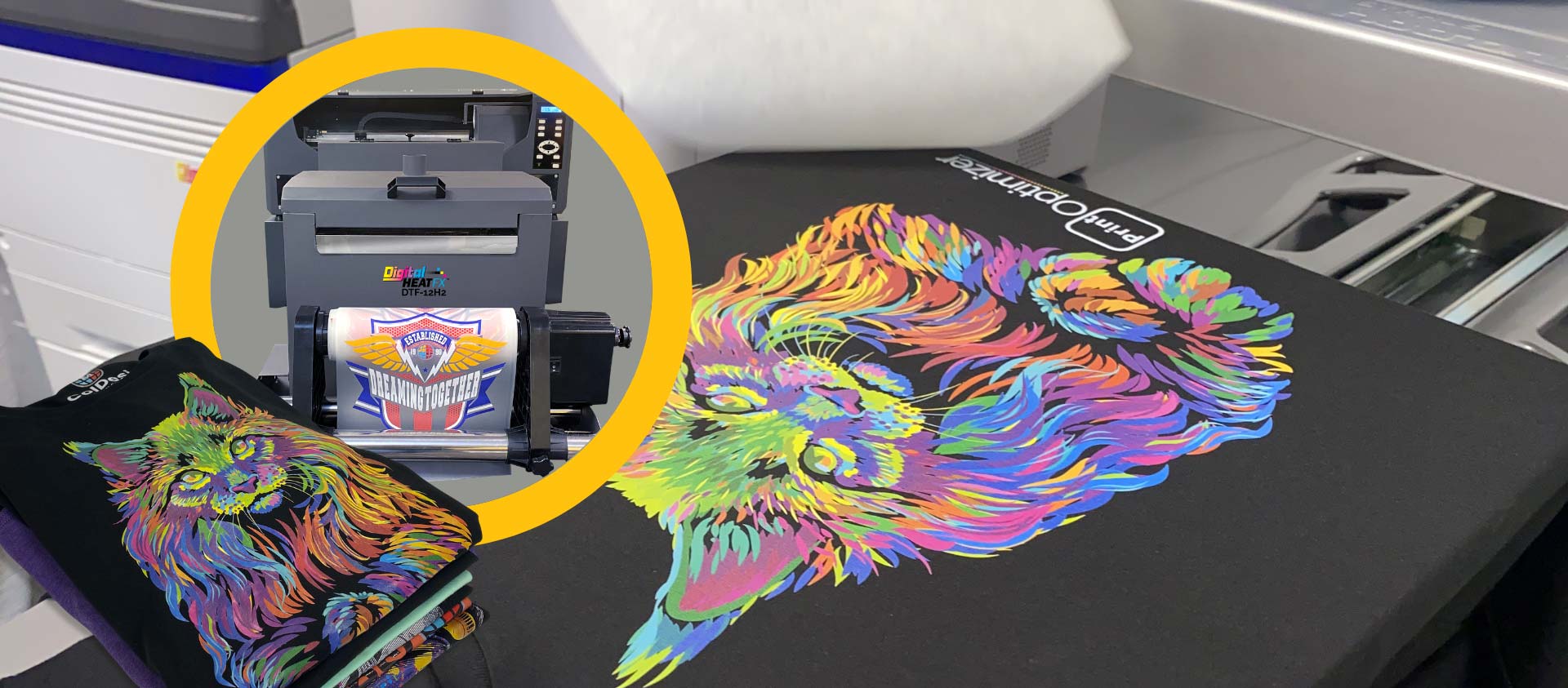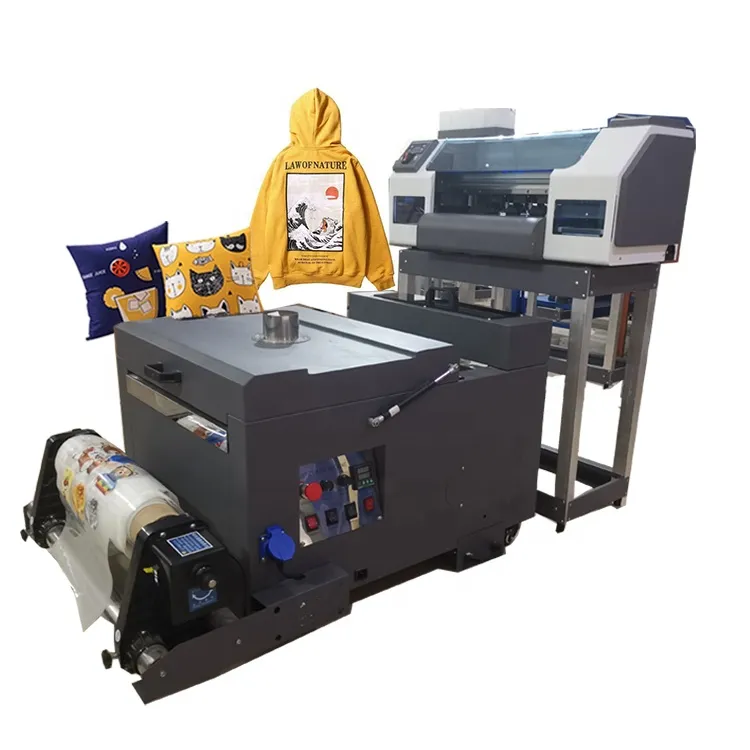Exploring the Art of DTF Printing: Strategies and Applications Introduced
Exploring the Art of DTF Printing: Strategies and Applications Introduced
Blog Article
From Principle to Production: Unleashing Creativity With DTF Printing on Numerous Fabrics
Beginning on an innovative journey frequently involves the delicate equilibrium between conceiving ideas and bringing them to life in substantial types. In today's vibrant world of fabric style, the application of Straight to Film (DTF) printing innovation has actually changed the procedure of moving elaborate layouts onto numerous textiles - DTF Printing. From the initial beginning of a style principle to the final production on textile, the journey is full of possibilities waiting to be discovered. The combination of advancement and virtuosity via DTF printing opens up doors to a world where imagination recognizes no bounds.
Exploring the Perks of DTF Printing
Why is DTF printing significantly chosen over other techniques for its adaptability and sturdiness in the fabrics industry? Direct-to-film (DTF) printing has actually been acquiring grip in the textiles industry due to its many benefits that accommodate the progressing demands of the market. One essential advantage of DTF printing is its convenience in regards to the materials it can be used to. Unlike some typical methods that are limited to specific material types, DTF printing can be utilized on a wide variety of products, consisting of cotton, polyester, blends, and also natural leather. This versatility permits higher creative thinking and development in fabric design.
In addition, DTF printing offers remarkable longevity, making it ideal for producing durable layouts on textiles - DTF Printing. The prints developed via DTF are understood for their vibrant colors and resistance to fading, fracturing, or peeling - making sure that the last product maintains its quality even after several cleans or prolonged usage. This longevity makes DTF publishing an affordable solution for suppliers wanting to produce top notch, enduring designs on fabrics
Designing With DTF: Tips and Techniques
Creating effectively with DTF printing involves mastering the complexities of electronic style software application and understanding just how to maximize styles for the best results on various materials. When developing layouts for DTF printing, it is critical to consider the fabric appearance, color, and kind to ensure that the last item meets assumptions. Right here are some methods and tips to enhance your DTF style procedure:
Resolution is Trick: Start with high-resolution photos to maintain clearness and sharpness in your styles. Low-resolution photos can cause a pixelated last product.

Color Matching: Take note of shade precision when designing for DTF printing. Usage shade administration tools to guarantee that the colors in your layout convert precisely onto the fabric.
Vector Videos: Make use of vector graphics anywhere possible to keep the top quality of your layouts when scaling them to various dimensions. (DTF Printing)
Examination Prints: Constantly conduct examination prints on example textiles to check the shades, resolution, and total style top quality prior to full-blown production.
Selecting the Right Fabrics for DTF
When taking into consideration the ideal fabrics for DTF printing, the selection of product plays an essential role in attaining the wanted quality and toughness of the last printed styles. Selecting the ideal fabric is important for making sure that the shades stick well, the design remains sharp and dynamic, and the general appearance satisfies expectations. Fabrics with a high polyester material are usually preferred for DTF printing because of their capacity to hold the ink well and generate vibrant prints. Polyester blends can also work efficiently, using an equilibrium between sturdiness and print top quality. Additionally, materials with a smooth texture tend to yield better results as website here they supply a constant surface for printing, enabling precise describing and shade accuracy. It is essential to take into consideration the desired use of the published textile when picking the material, as various textiles use differing levels of breathability, stretch, and washability. By carefully picking the ideal material for DTF printing, creators can boost the longevity and aesthetic impact of their designs.
Step-by-Step DTF Printing Process

After healing, the published layout is after that moved onto the textile making use of a warmth press. As soon as the transfer is total, the material is permitted to cool down before the transfer movie is peeled off, leaving behind the vivid and sturdy design on the fabric.

Showcasing DTF Work Of Arts
Have you ever before marveled at the detailed information and vivid colors of DTF work of arts showcased on different fabrics? DTF printing has actually changed the means designs are transferred onto textiles, allowing for unequaled accuracy and richness in colors. When these DTF masterpieces are placed on screen, they astound target markets with their striking visuals and precise craftsmanship.
Among one of the most exciting aspects of showcasing DTF masterpieces is the flexibility it supplies. Whether it's a vibrant and attractive design on a tee, a comprehensive pattern on a pillow case, or a customized print on a canvas bag, DTF printing enables for limitless opportunities. This flexibility allows designers and artists to release their creative thinking and bring their visions to life on a large range of fabrics.
Furthermore, the sturdiness of DTF prints makes certain that these work of arts can stand up to the test of time without losing their vibrancy. Whether presented in galleries, worn as stylish garments, or made use of as decorative accents in homes, DTF work of arts continue to excite viewers with their outstanding high quality and aesthetic charm.
Conclusion
To conclude, DTF printing offers a functional and ingenious method for unleashing imagination on numerous textiles. By exploring the advantages of DTF printing, making with certain suggestions and techniques, choosing suitable fabrics, and complying with a detailed printing process, artists can showcase their masterpieces effortlessly. This procedure allows for the seamless shift from concept to production, supplying endless opportunities for innovative expression.
In today's vibrant realm of textile layout, the use of Straight to Film (DTF) printing innovation has transformed the process of transferring detailed designs onto various fabrics.Creating efficiently with DTF printing includes grasping the details of electronic layout software and understanding just how to maximize layouts for the finest outcomes on different fabrics.When taking into consideration the you can try this out optimal textiles for DTF printing, the selection of product plays an essential duty in accomplishing the desired quality and resilience of the last published designs. The next action is printing the layout onto a special DTF transfer film making use of a DTF printer with the proper ink. By exploring the benefits of DTF printing, creating with specific ideas and tricks, choosing suitable textiles, and following a step-by-step printing process, artists can showcase their masterpieces with simplicity.
Report this page